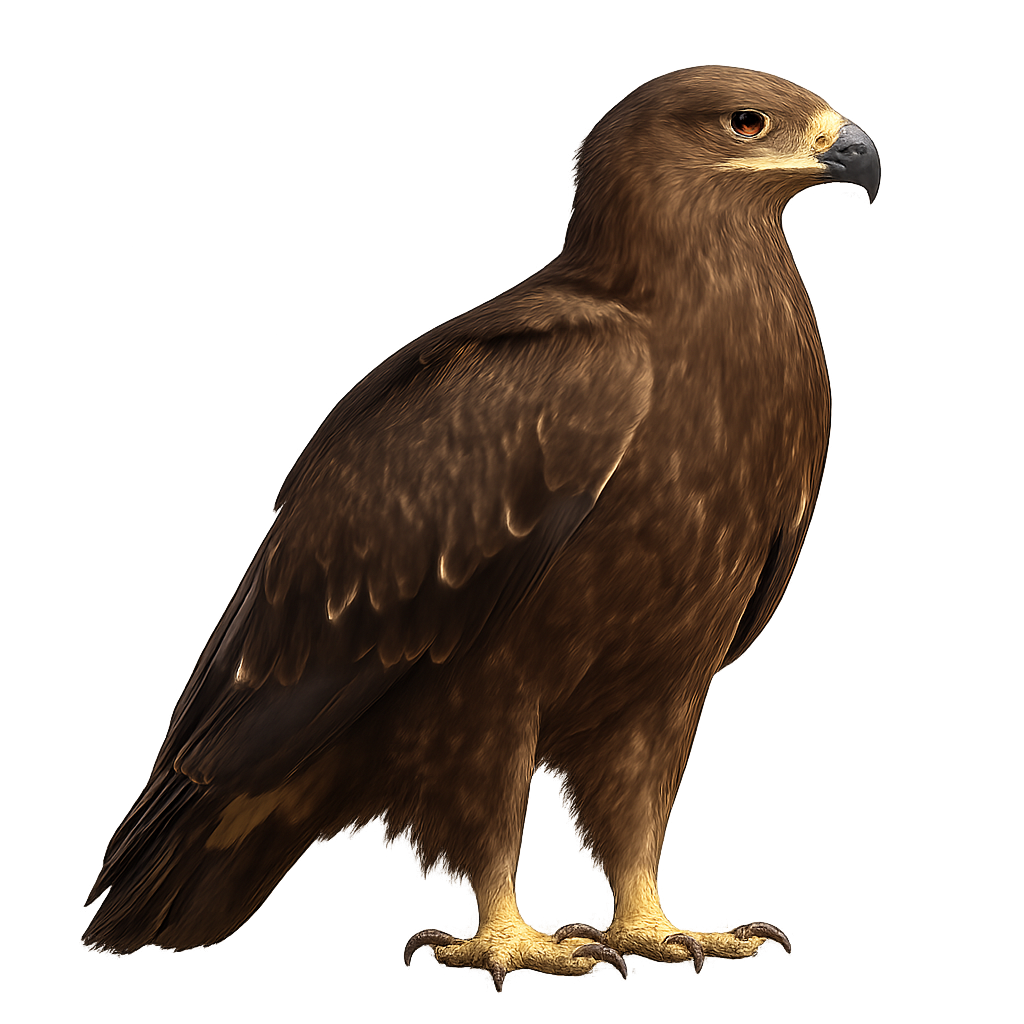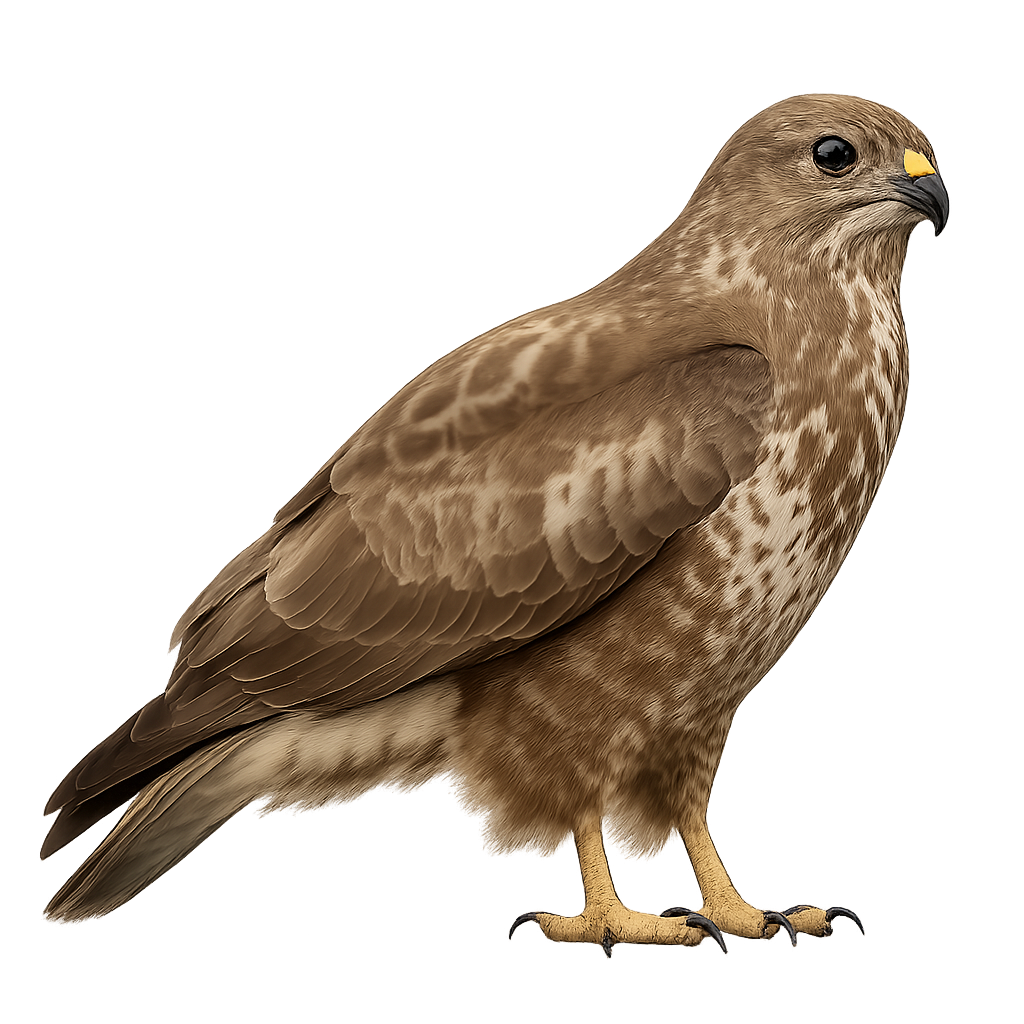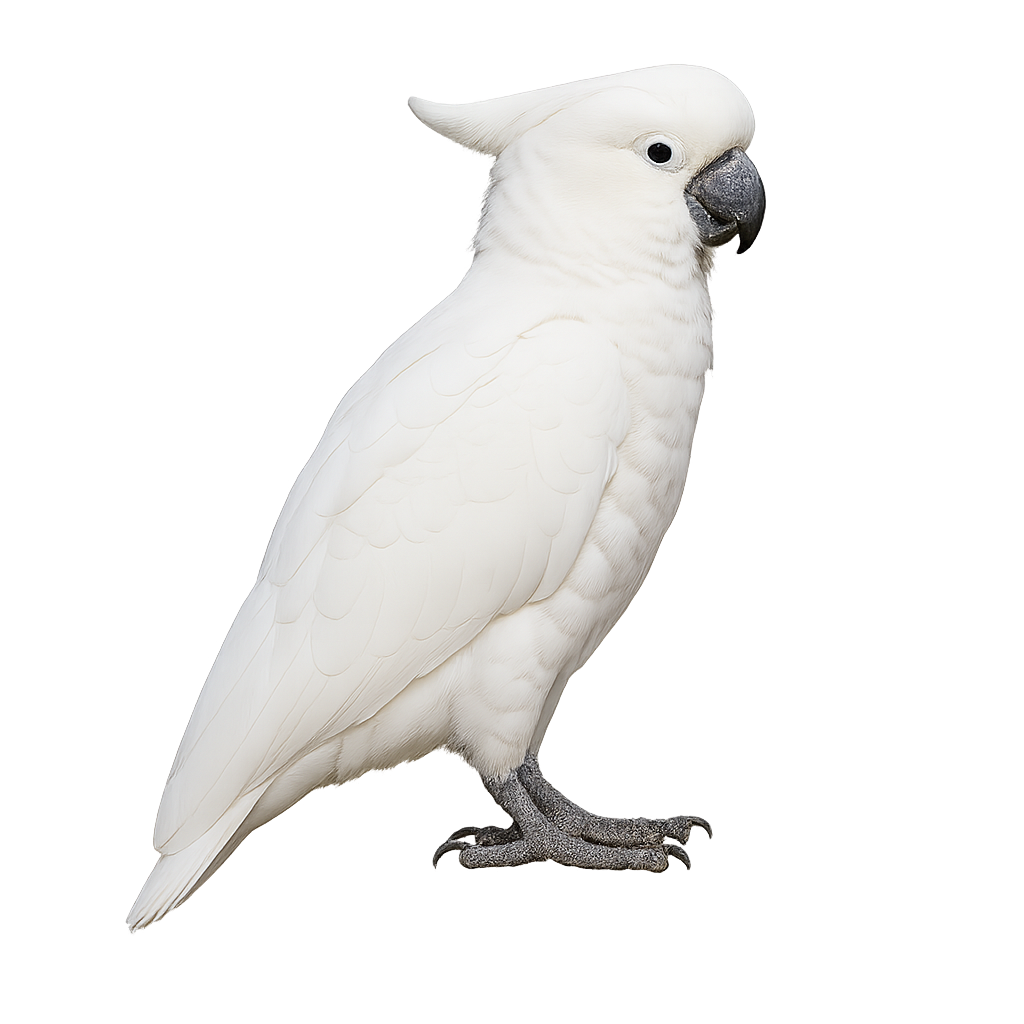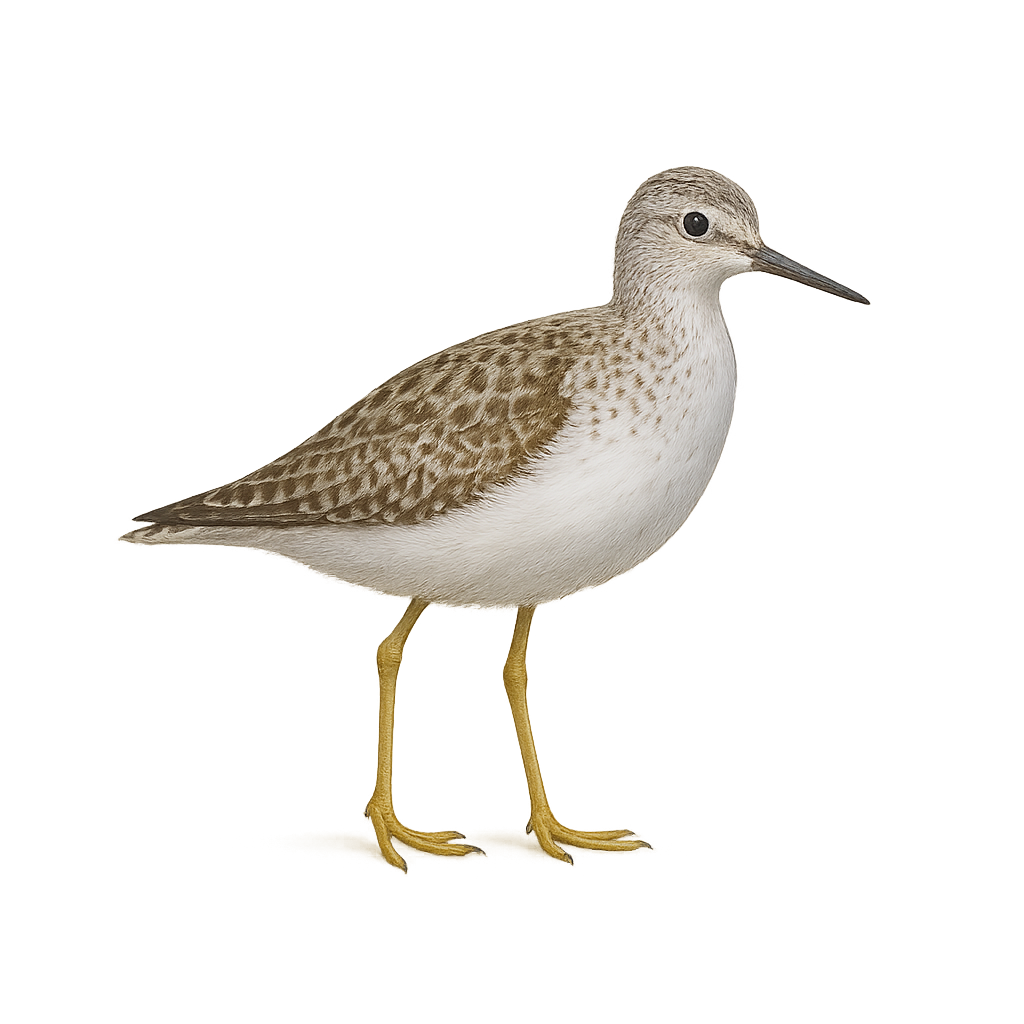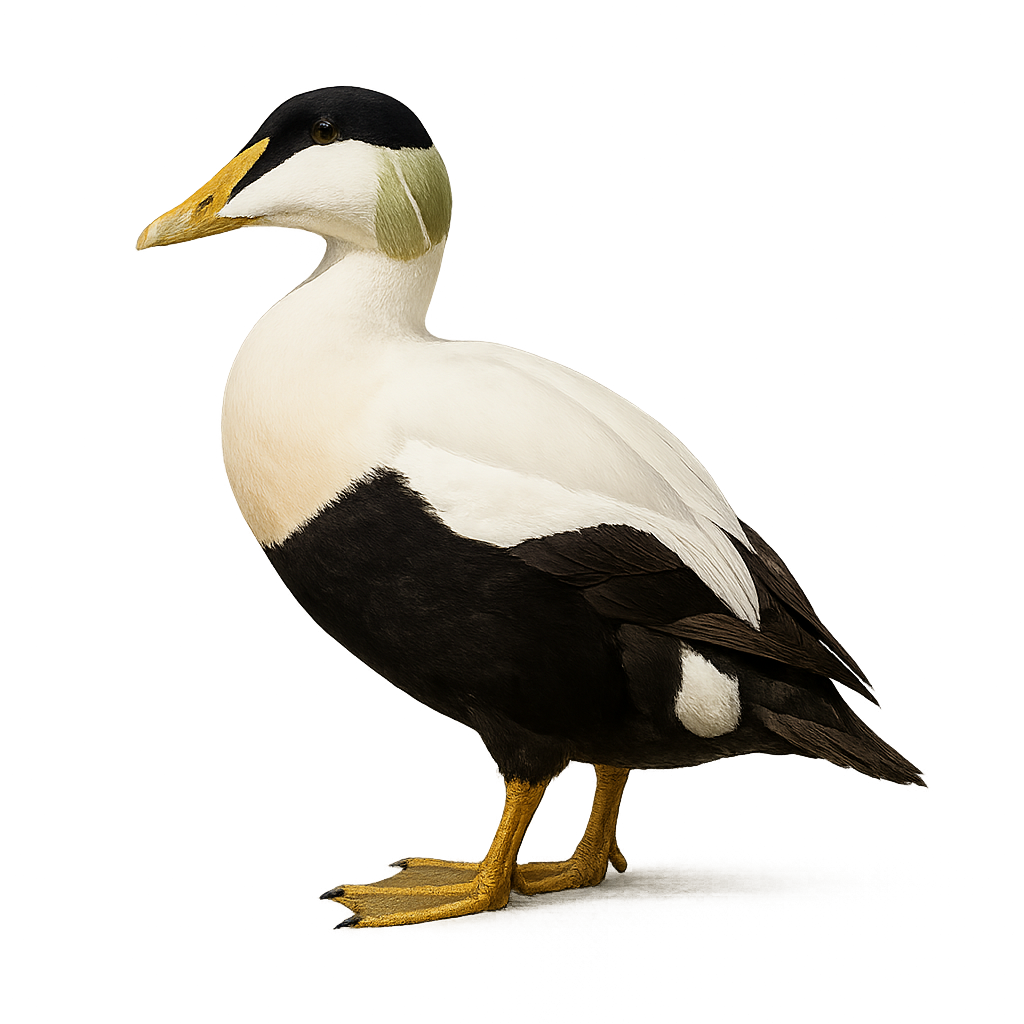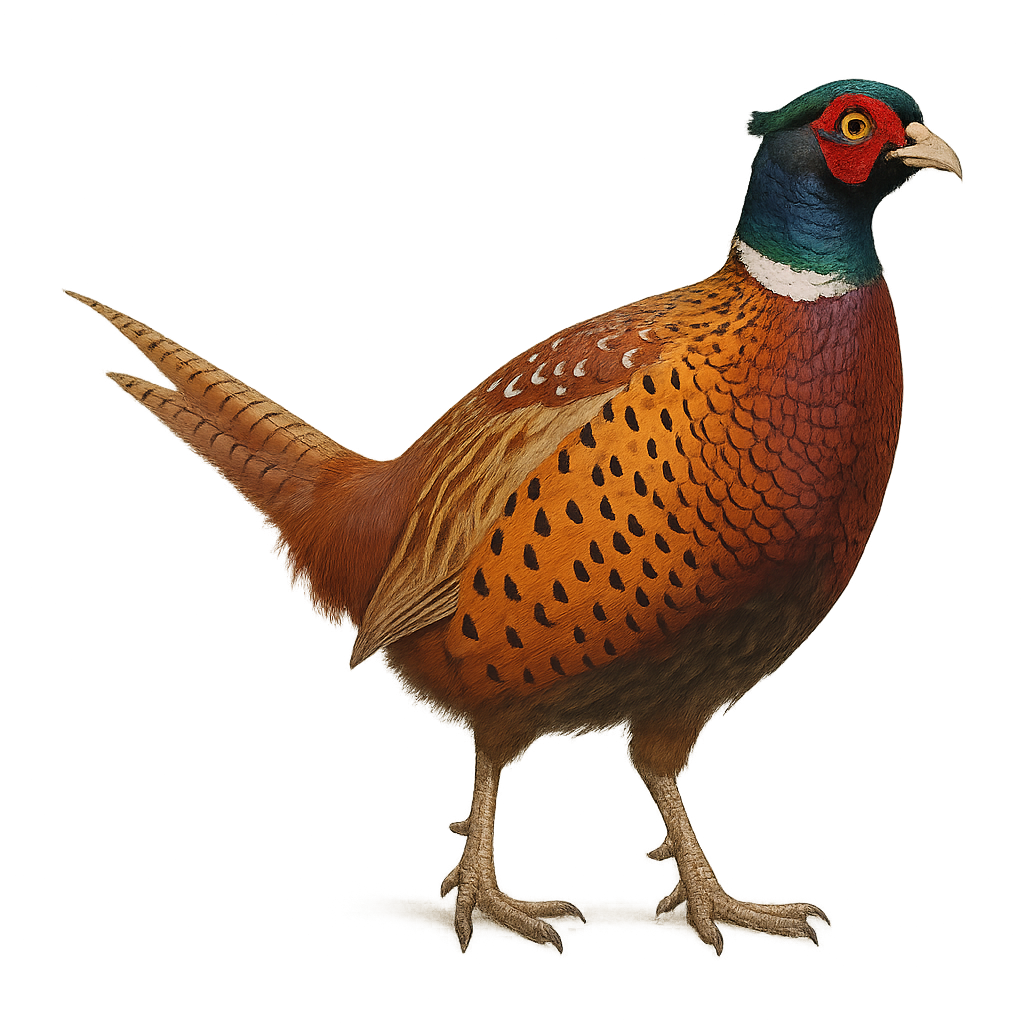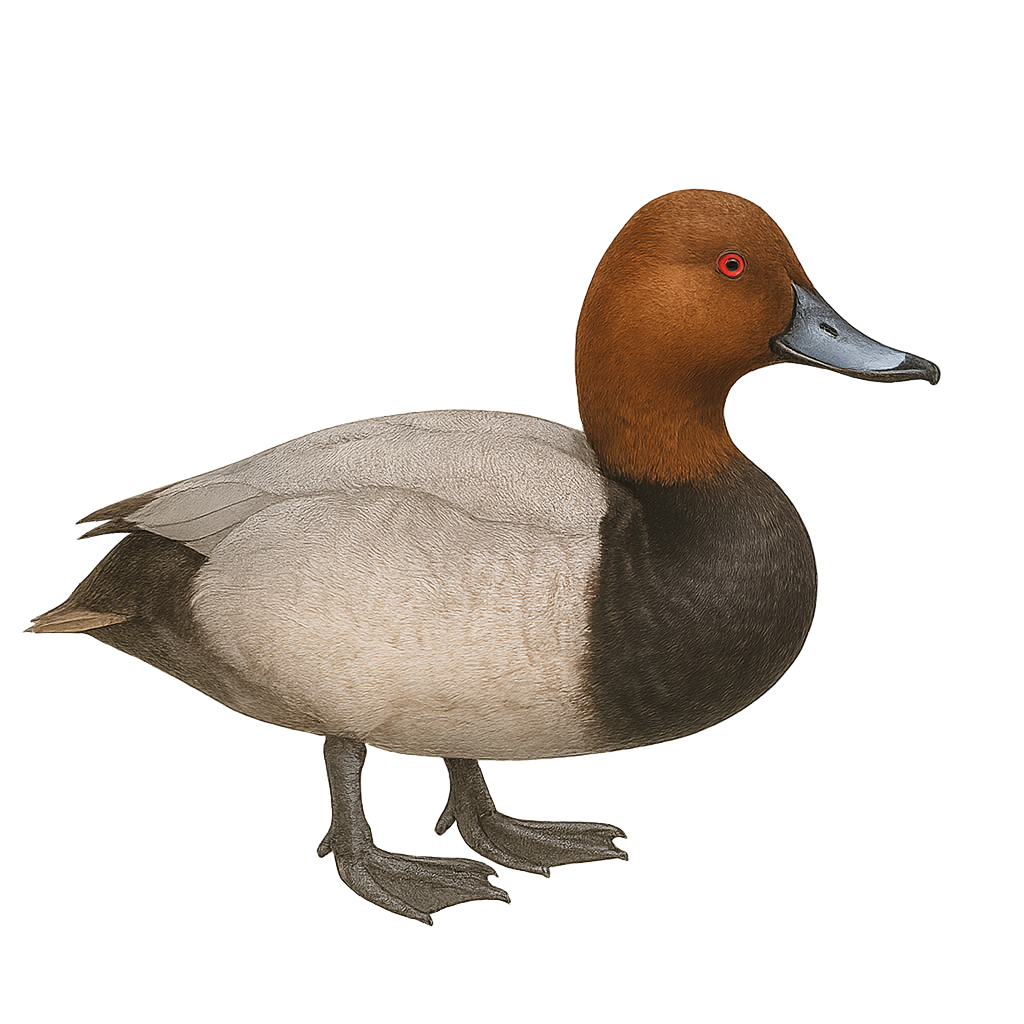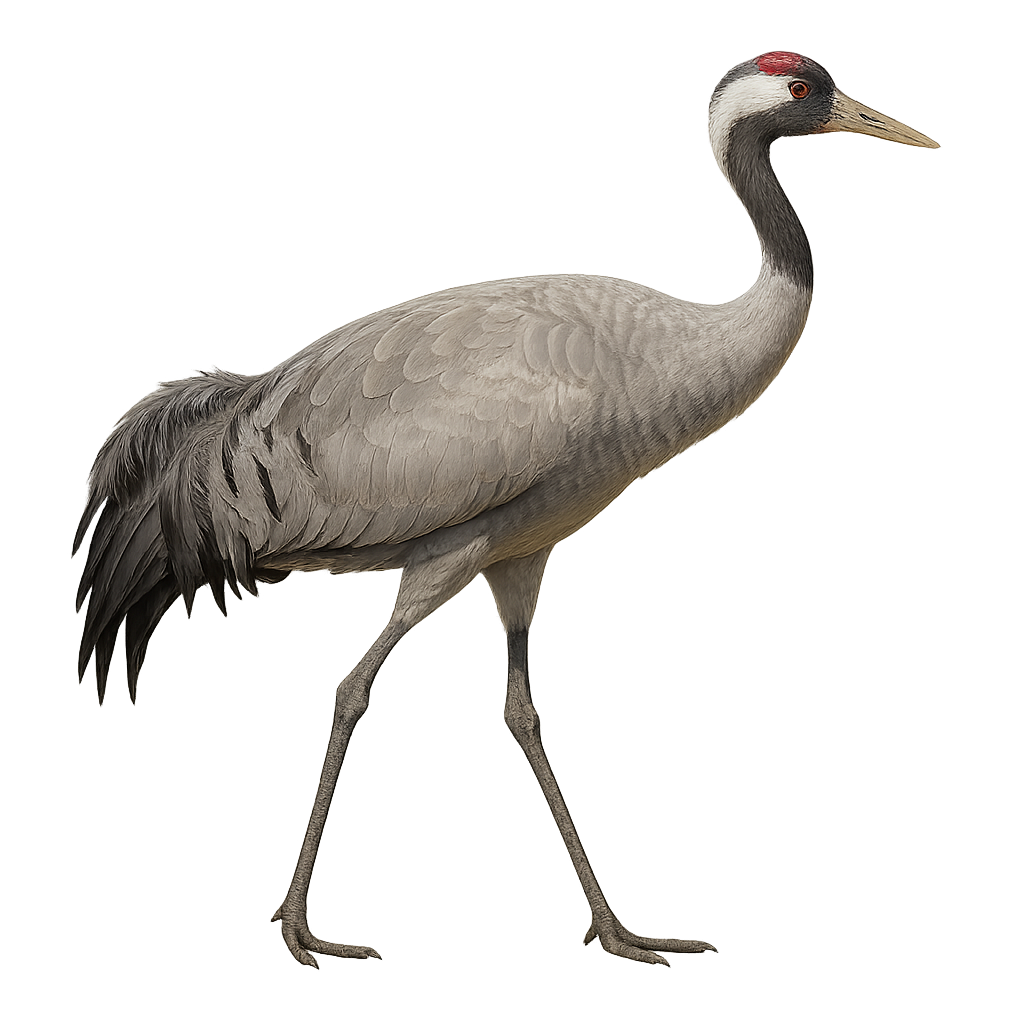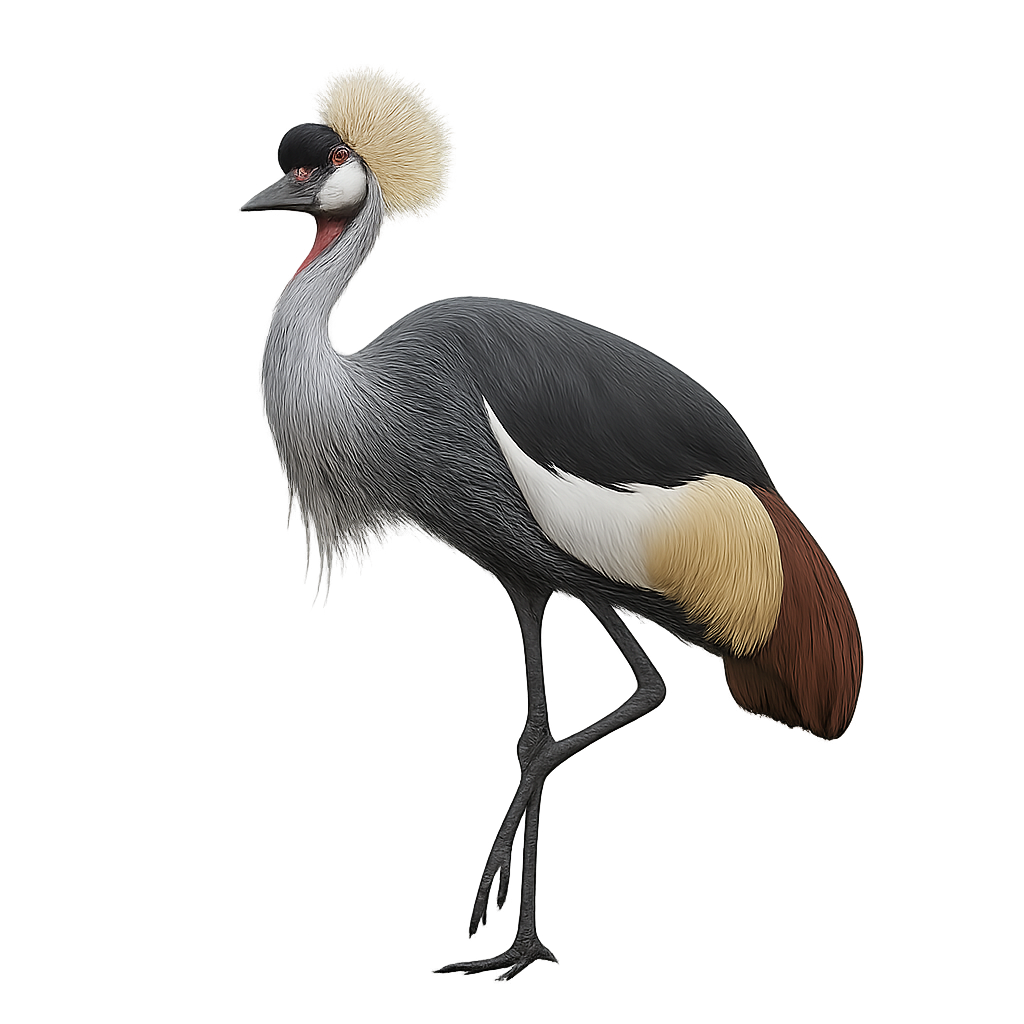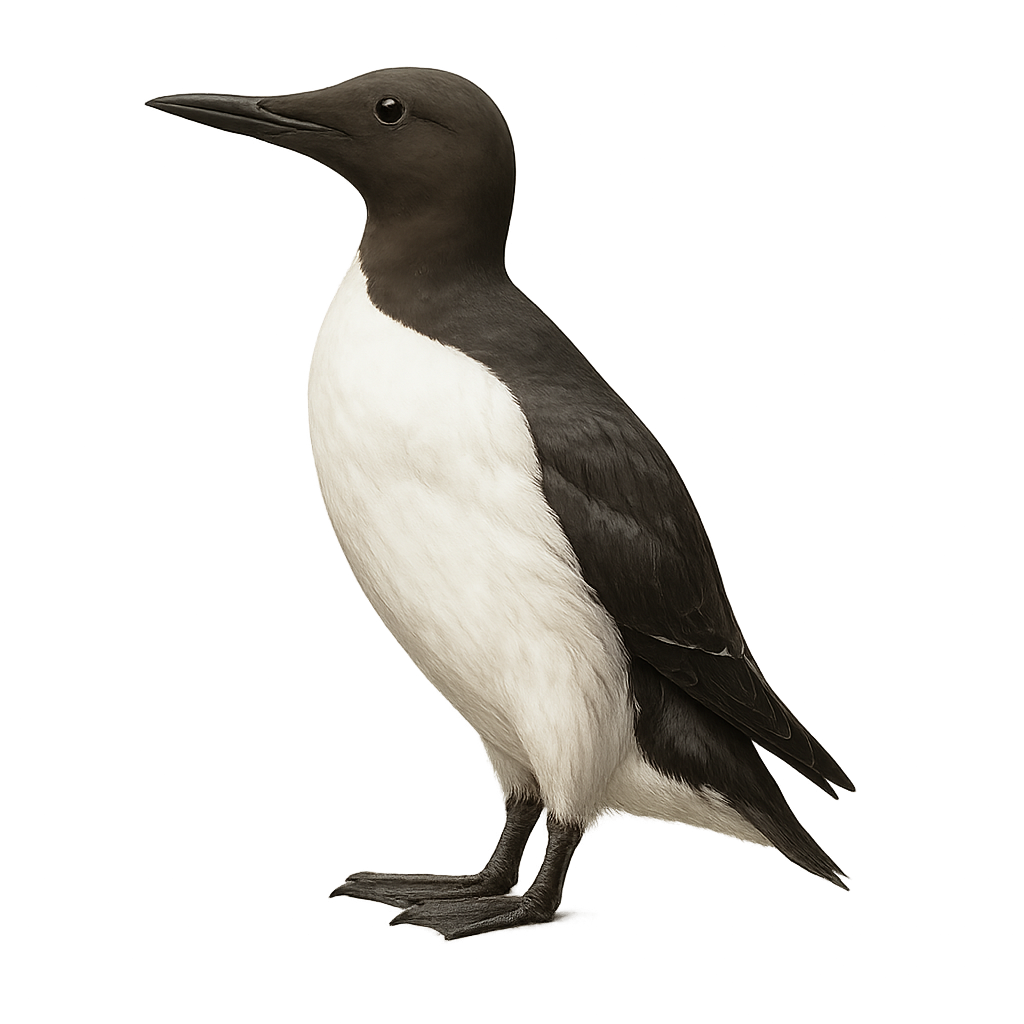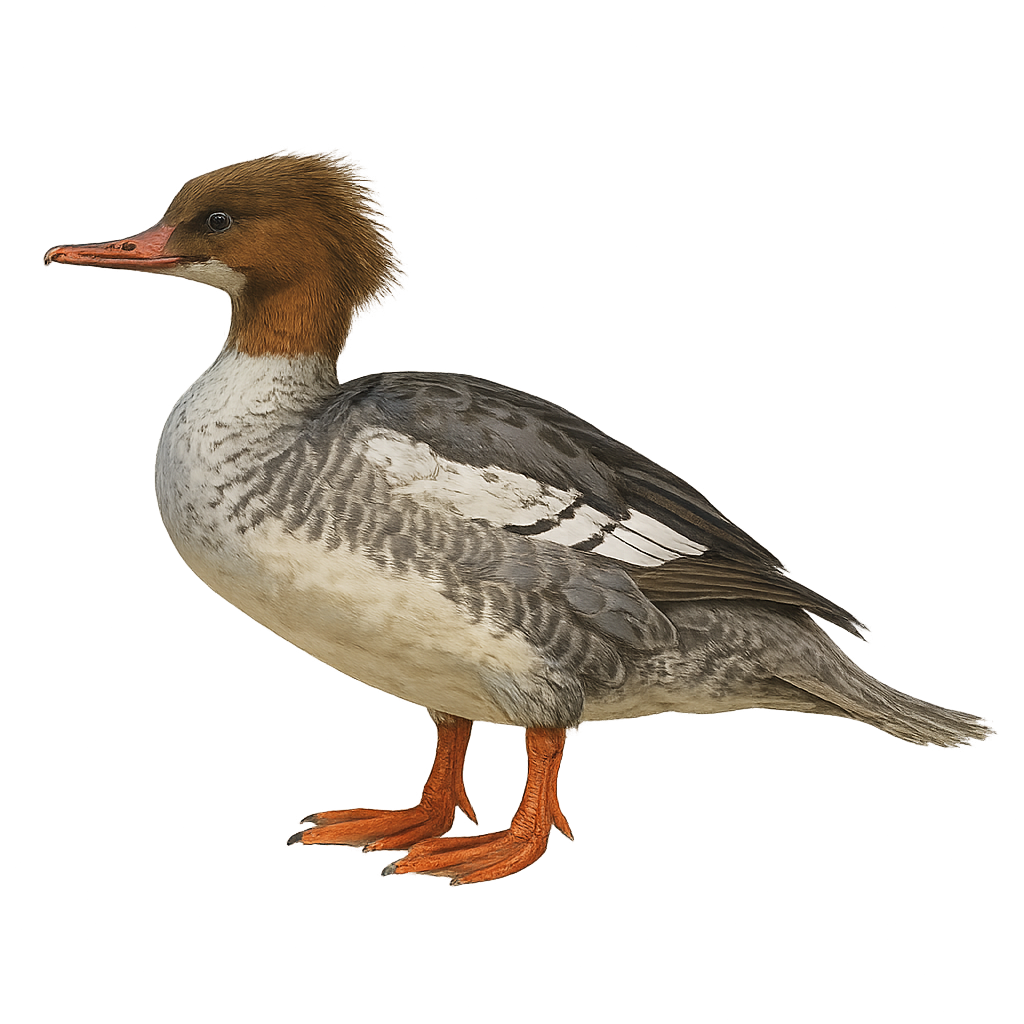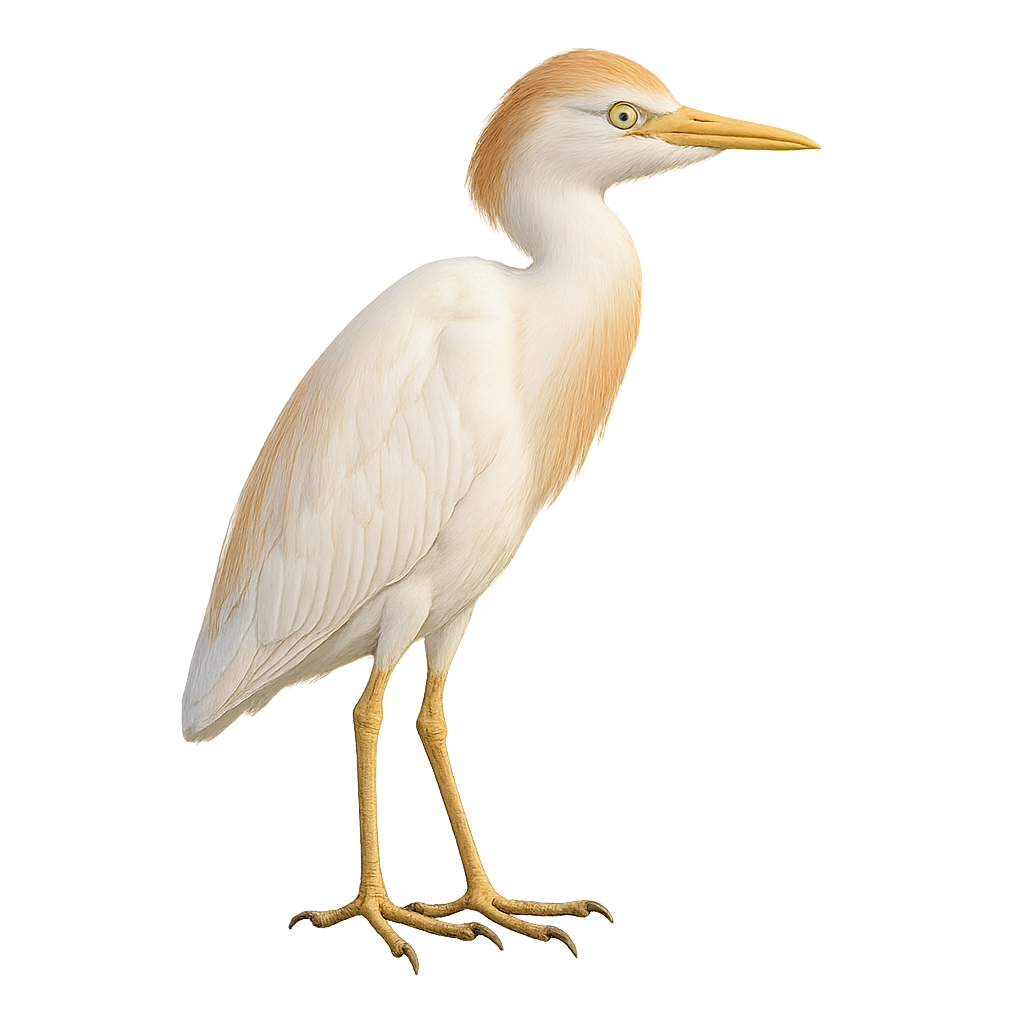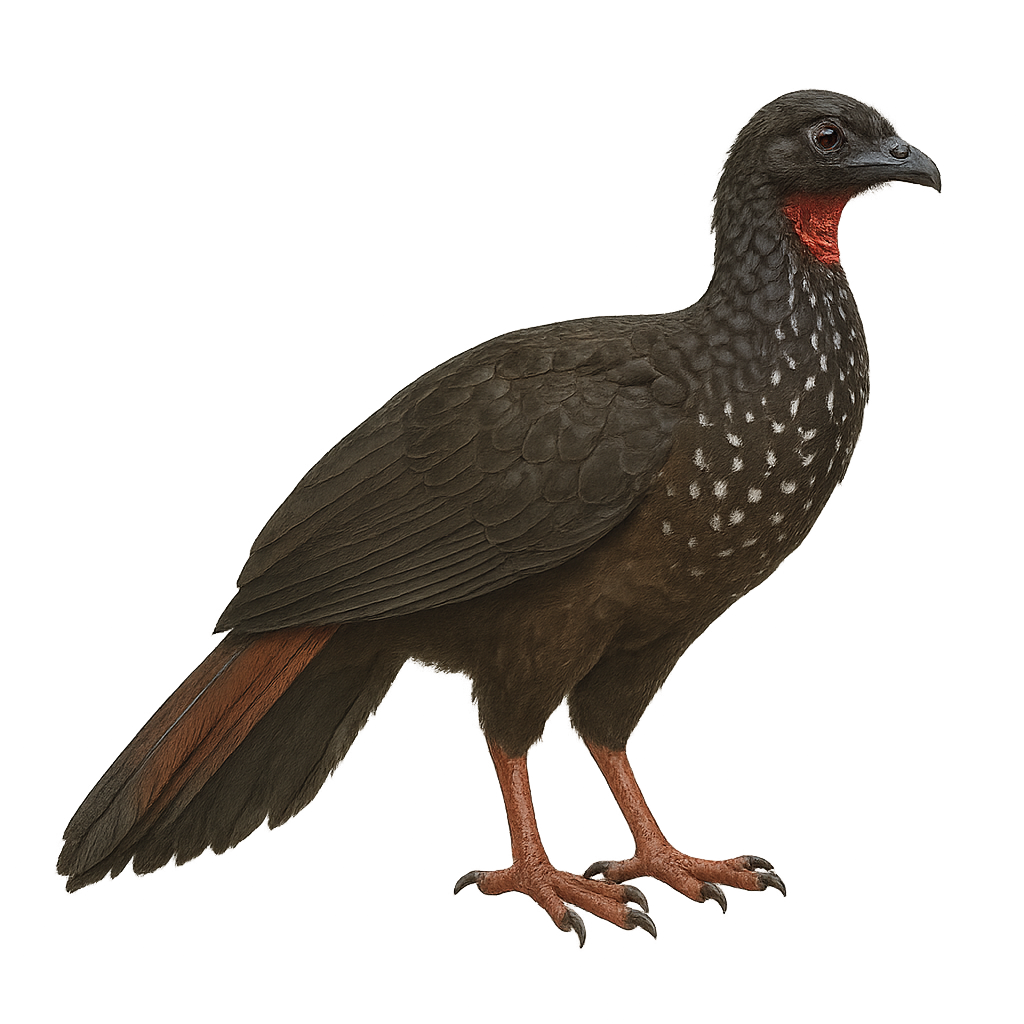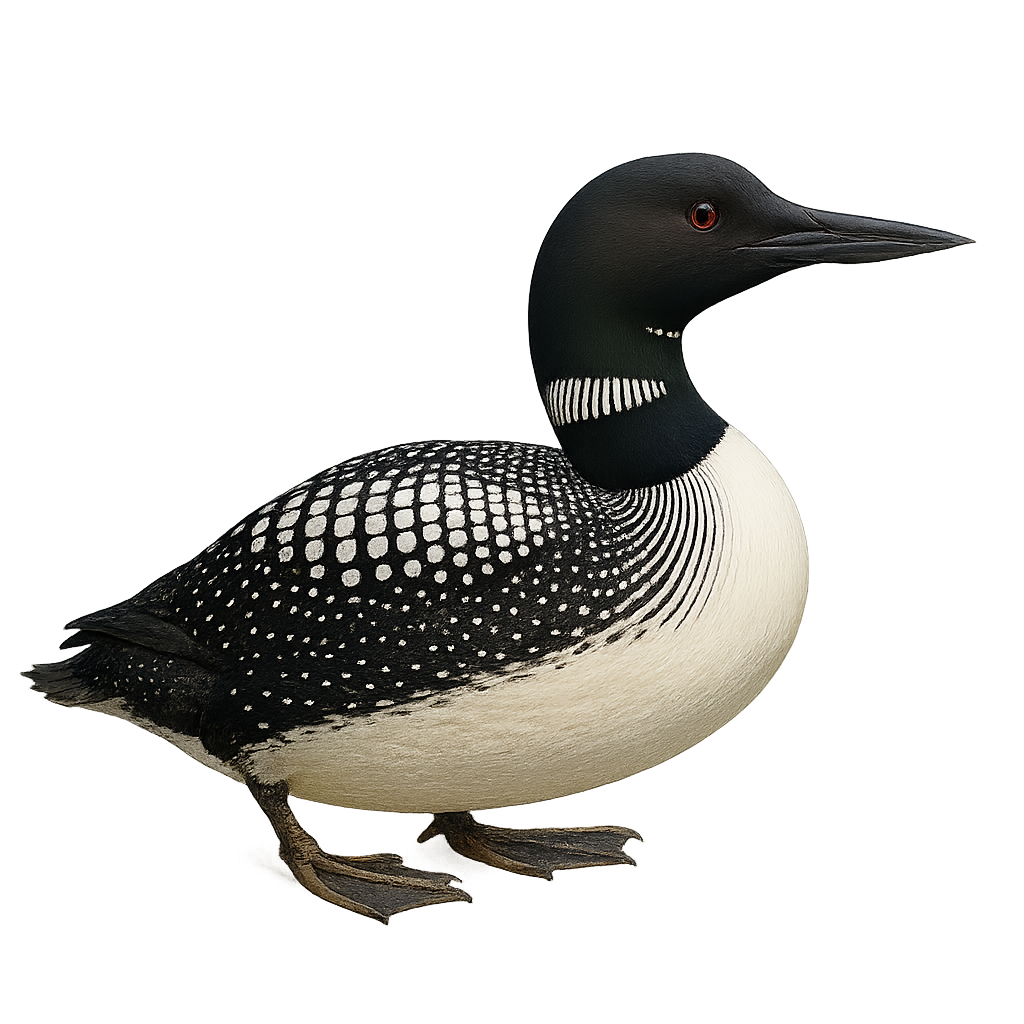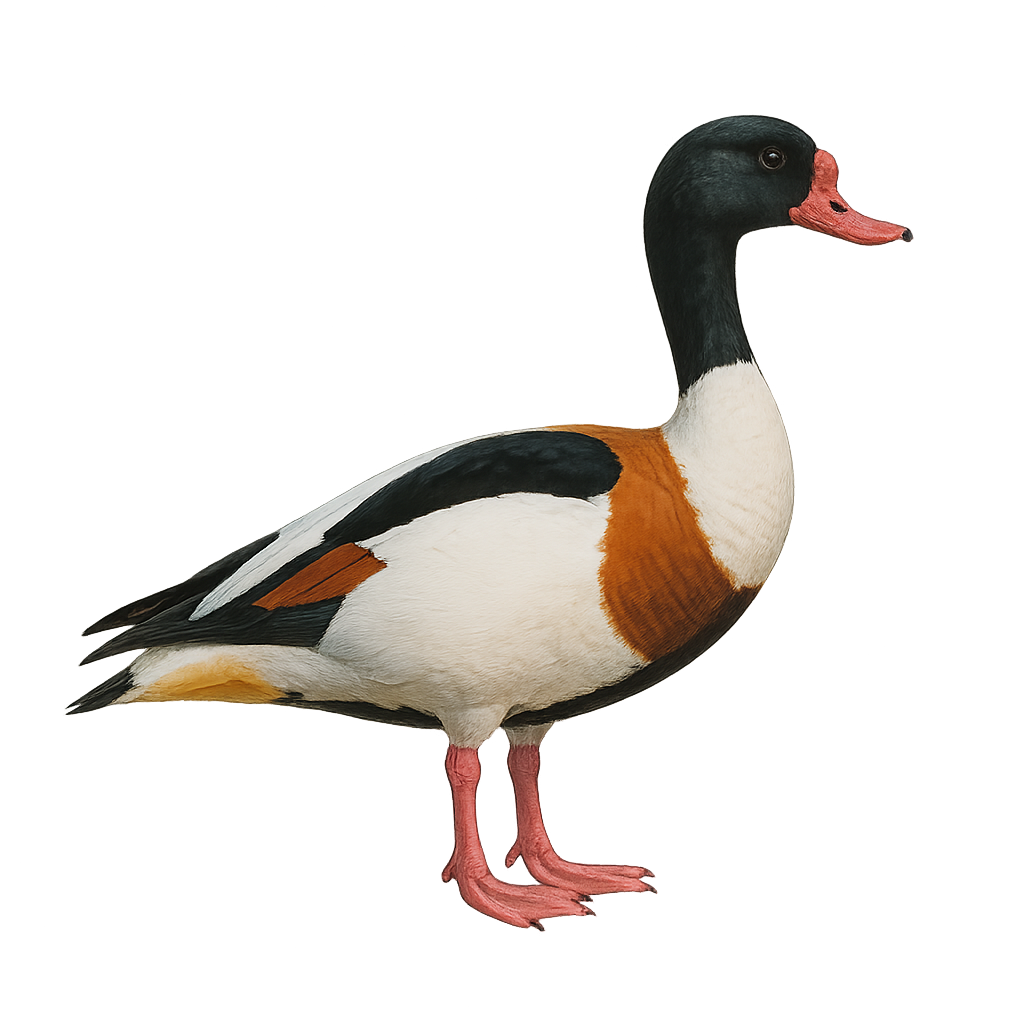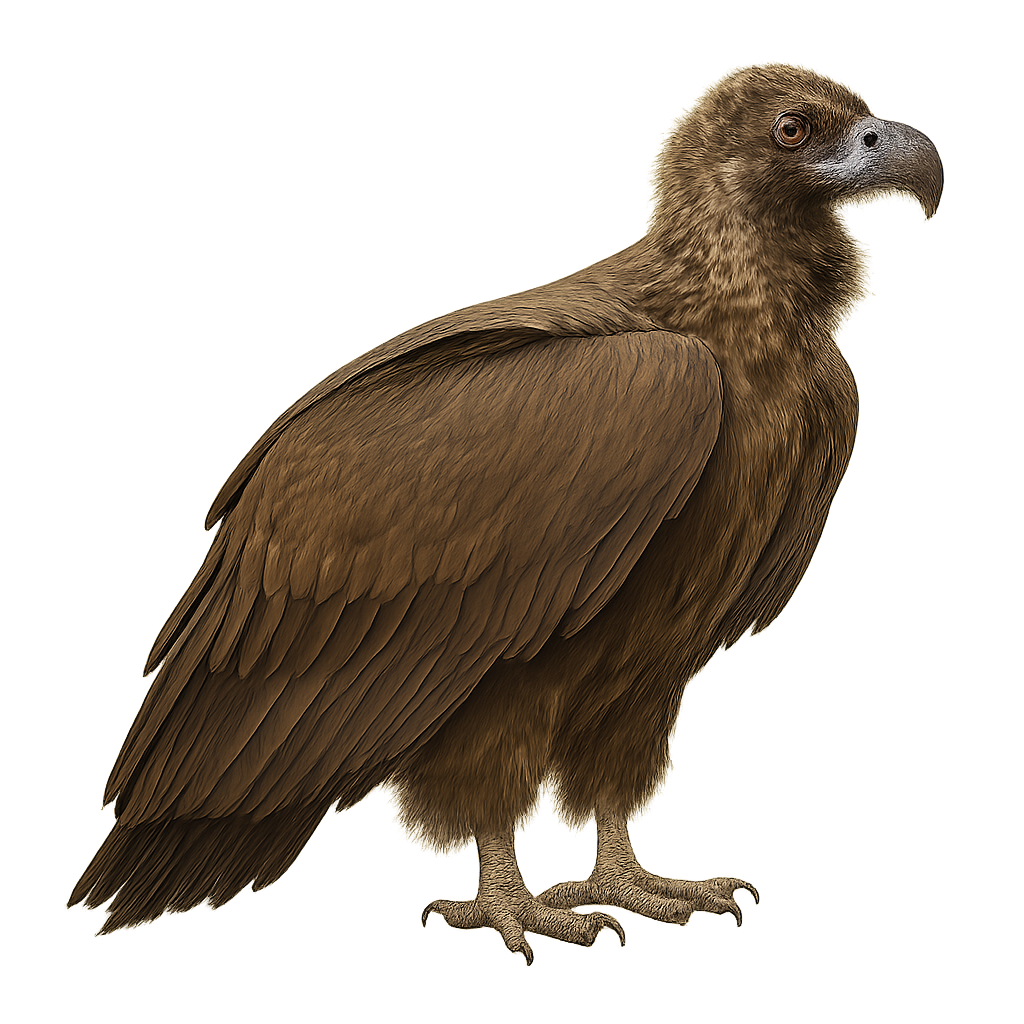Animal Species Profiles:
Mammals, Birds, Reptiles & More
Explore wildlife from around the world with the species profiles on WildlifePhotographer. Mammals, birds, reptiles… For each species, you’ll find key information such as habitat, observation periods, distribution, and photography tips. Want more details and advanced features? Download the full app for the complete experience.
Common eagle
Aquila clanga
The Greater Spotted Eagle is an imposing raptor, recognizable by its dark plumage and robust silhouette. This large eagle is mainly found in Eastern Europe and Asia, where it hunts large mammals, birds, and sometimes even reptiles. It mainly inhabits open landscapes such as meadows, steppe areas, and marshes. Its powerful call, which is the source of its name, is often seen as a symbol of strength and sovereignty in local cultures.
During the breeding season, the Greater Spotted Eagle performs majestic flights and powerful calls to mark its territory and attract a mate.
Common Snip
Gallinago gallinago
The Common Snipe is an elegant small wader, easily recognized by its long, slender bill and mottled brown and beige plumage. This bird primarily inhabits marshes, wet meadows, and riverbanks in Europe, Asia, and North Africa, where it feeds on aquatic invertebrates, mainly worms, insects, and mollusks. The Common Snipe uses its long, flexible bill to probe the mud in search of food.
It is a migratory bird, leaving the cold regions of winter to move to more temperate zones for breeding. While its population is relatively stable, the Common Snipe is sensitive to habitat changes and water pollution.
Common Buzzard
Buteo buteo
The Common Buzzard is a medium-sized diurnal raptor, easily recognizable by its often spotted and banded brown and white plumage, which gives it a particularly variable appearance from one individual to another. It primarily inhabits open forests, hedgerows, and agricultural landscapes in Europe, Asia, and North Africa. The Common Buzzard feeds on small mammals, birds, and occasionally insects, which it hunts on the ground, often perched on a tree or pole, waiting for the right moment to swoop down on its prey.
This raptor is known for its characteristic flight, often soaring in the sky in wide circles. The Common Buzzard is also a migratory bird, leaving some of its breeding grounds in Europe to migrate to warmer regions during the winter. While the population of the Common Buzzard is stable in many areas, it can be affected by habitat loss and human persecution.
Cockatoo
Cacatua
Cockatoos are exuberant and colorful birds, known for their spectacular crests and fascinating social behavior. These birds are native to Australia, New Guinea, and neighboring islands. Their plumage, often white with brightly colored accents on the crest or tail, makes them particularly attractive. They are also famous for their intelligence and ability to mimic sounds, including human speech, making them popular as pets.
Cockatoos live mainly in forests, savannas, and coastal areas. They are social birds that form often noisy groups, spending their days searching for food, perching, and interacting with other members of their group. Although some species of cockatoos are protected due to habitat loss and poaching, they remain an iconic symbol of exotic birds.
Common Redshank
Tringa ochropus
The Green Sandpiper is a medium-sized wader, easily recognizable by its green-brown plumage with mottled patterns and its white tail, which gives it its name. During the breeding season, males display more colorful plumage, with iridescent green tones and white markings on the wings and tail. Outside of the breeding season, both sexes adopt a more uniform plumage, often olive-brown with shades of white and gray.
The Green Sandpiper is primarily found in wetlands, marshes, estuaries, and lake shores, where it feeds on small aquatic invertebrates, insects, and crustaceans that it uncovers while probing in the mud. While this species is migratory, it does not travel as long distances as some other waders, primarily moving between Central Europe and its wintering sites in North Africa. The Green Sandpiper remains generally stable, but it faces threats from the loss of its wetland habitats and pollution.
Common Greenshank
Tringa totanus
The Common Redshank is a medium-sized wader, easily recognizable by its long red legs and straight bill. Its plumage is typically gray-brown with shades of white on the belly and dark markings on the back and wings. During the breeding season, it displays brighter colors, especially on the head and chest, which become duller outside of this period. This wader is often seen in wetlands, marshes, estuaries, and lake shores, where it feeds mainly on small invertebrates, insects, and worms found by probing in the mud.
The Common Redshank is a migratory bird that travels between its breeding grounds in Northern Europe and its wintering sites in Africa and Asia. While its population remains generally stable, the Common Redshank faces threats from habitat loss and pollution. It is sometimes considered a vulnerable species in certain regions.
Common Sandpiper
Tringa stagnatilis
The Marsh Sandpiper is a medium-sized wader, easily identifiable by its plumage marked with gray-green and white, with darker patterns on the wings and head. During the breeding season, it displays brighter colors, with shades of vibrant green and distinct markings. Outside the breeding season, its plumage is more subdued, generally gray-brown and more muted. This wader is primarily observed in shallow wetlands such as marshes, lagoons, and estuaries, where it feeds on aquatic invertebrates, small fish, and occasionally worms.
The Marsh Sandpiper is a migratory bird that travels relatively short distances between its breeding grounds in Eastern Europe and its wintering sites in North Africa and Asia. While its population remains stable in some regions, it is threatened by the loss of its wetland habitats and water pollution. The species benefits from protections in areas where it is found, but it remains vulnerable in certain regions due to urbanization and intensive agriculture.
Coppery-headed Emerald
Elvira cupreiceps
The Coppery-headed Emerald is a small hummingbird endemic to Costa Rica, measuring about 8 cm. The male is notable for his metallic coppery crown, bright green throat, and white underparts. The female is duller in color, with a bronzy head and pale throat. It inhabits humid mid-elevation forests, woodland edges, and flower-rich gardens. This hummingbird feeds on nectar from various flowers and catches small insects. It is threatened by deforestation, as its range is very restricted.
Common eider
Somateria mollissima
The Eider Duck is a large sea duck, easily recognized by its distinctive plumage. The adult male has a white body with a black head and neck, while the female is more muted with a brown speckled plumage. The Eider measures about 55 to 70 cm in length, with a wingspan of 100 to 125 cm, and weighs between 1.5 and 2.5 kg. It is primarily found in coastal regions of the North Atlantic, notably in Northern Europe, Canada, and Alaska. This duck primarily feeds on mollusks, crustaceans, and small fish, which it finds by diving underwater. It is also known for its social behavior, often living in large colonies during the breeding season. The Eider Duck is particularly famous for its down, a soft and insulating material harvested from the female's nests after laying, used to make luxury duvets and pillows. While the species is not immediately endangered, it is threatened by marine pollution, habitat loss due to coastal urbanization, and hunting.
Colchis pheasant
Phasianus colchicus
The Common Pheasant, or Colchian Pheasant, is a medium to large-sized bird, easily recognizable by its bright colors and silky plumage. The adult male is particularly spectacular, with shiny plumage in shades of green, red, gold, and blue, and a long tail adorned with fine feathers. It measures about 70 cm in length, most of which is its tail, and weighs between 0.8 and 1.5 kg. The female, more discreet, has brown spotted plumage that helps her blend into her surroundings. Native to Asia Minor and the Caucasus region, the Colchian Pheasant has been introduced to many parts of the world for hunting and decoration. It typically inhabits wooded areas, cultivated fields, and grasslands. Its diet is omnivorous, consisting of seeds, berries, insects, and sometimes small vertebrates. The species is mainly active at dawn and dusk. While the Common Pheasant is not threatened, it faces risks such as habitat loss, excessive hunting, and predation by carnivores.
Common Pochard
Aythya ferina
The Common Pochard is a medium-sized diving duck, measuring between 42 and 49 cm in length. The male has a reddish-brown head, black breast, and light grey body, while the female displays a more subdued brown-grey plumage. This species inhabits lakes, ponds, and slow-flowing rivers rich in aquatic vegetation. It feeds mainly on aquatic plants but also consumes invertebrates. The Common Pochard is migratory, breeding in Europe and Asia, and wintering further south. It is currently classified as vulnerable due to population declines, primarily caused by habitat loss and pollution.
Common Goldeneye
Bucephala clangula
The Common Goldeneye is a medium-sized diving duck, measuring about 42 to 50 cm in length. The breeding male has a glossy dark green head, a distinct white spot below the eye, and a bright yellow eye. The female is brown with a chocolate-colored head and a subtle white collar. It inhabits lakes, slow rivers, and coastal bays in Europe, Asia, and North America. A migratory species, it nests in tree cavities or artificial nest boxes. Its diet includes mollusks, crustaceans, aquatic insects, and small fish. Though generally of Least Concern, it may be impacted locally by the loss of natural nesting sites.
Common Ringed Plover
Charadrius hiaticula
The Ringed Plover is a small coastal bird, easily recognizable by its compact size and distinctive plumage. It measures about 20 to 23 cm in length, with a wingspan of 40 to 45 cm, and weighs between 40 and 60 g. Its plumage is mainly beige and white, with black markings on its head and chest, and a distinctive black band around its eyes. The Ringed Plover is a migratory bird, primarily found on beaches, shorelines, and mudflats, where it feeds on small invertebrates, such as worms, crustaceans, and insects. It is often seen running quickly on the sand, searching for food, then stopping abruptly to catch it. The Ringed Plover lives in colonies during the breeding season, but generally prefers to remain alone or in small groups. Although it is not currently endangered, the Ringed Plover is vulnerable to human disturbances, such as the loss of its coastal habitat and the impact of pollution.
Common Crane
Grus grus
The Common Crane is a large migratory bird, easily recognizable by its slender silhouette, long neck, and extended wings. It stands about 1.2 meters tall, with a wingspan of 2 to 2.5 meters, and weighs between 4 and 6 kg. Its plumage is mainly gray, with white markings on the head, neck, and wings. It has a red head and a small tuft of feathers on top, giving it a distinctive appearance. The Common Crane primarily inhabits wetlands, marshes, and lakes across Europe and Asia, with large populations in Scandinavia, Germany, Poland, and the Mediterranean Basin. It is a migratory bird that travels to southern Europe and Africa for the winter. It feeds mainly on plants, roots, seeds, and occasionally insects. The Common Crane is also known for its impressive group migrations, with thousands of individuals flying in a "V" formation. While the species is not endangered, it is vulnerable to the loss of its natural habitat and disruption of its breeding sites.
Crowned crane
Balearica regulorum
The Crowned Crane is a large crane species, easily recognizable by its majestic golden plume crown on its head. It stands about 1 meter tall, with a wingspan of 1.8 to 2.2 meters, and weighs between 3 and 5 kg. Its plumage is mainly light gray, with white feathers on its belly and wings, and a head adorned with a golden crest, giving it a royal appearance. This species is primarily found in East Africa, notably in Uganda, Kenya, and Tanzania, where it inhabits wetlands, marshes, and grasslands. The Crowned Crane primarily feeds on seeds, roots, insects, and occasionally small vertebrates. It is a social bird, living in groups and often performing spectacular courtship displays, during which it engages in dances and calls. Although the Crowned Crane is considered "vulnerable," conservation efforts have been implemented to protect the species, as it faces threats from habitat loss, hunting, and human disturbance.
Common guillemot
Uria aalge
The Common Guillemot is a seabird characterized by its black and white plumage, and its streamlined body which allows it to swim with agility. It measures about 40 to 45 cm in length and weighs between 500 and 700 g. Its head is black with sharp white eyes, and its wings are short and pointed, suited for diving. The Common Guillemot primarily lives on coastal cliffs, where it nests in very dense colonies, often on inaccessible sites. It is found mainly in Northern Europe, particularly in Scandinavia, the United Kingdom, and Iceland, but also along the coasts of the North Atlantic. The Common Guillemot is an excellent diver, primarily feeding on fish, particularly small herring and capelin, which it catches by diving underwater in search of prey. While the species is not endangered, it is vulnerable to marine pollution, climate change, and disruption of its breeding sites.
Common Merganser
Mergus merganser
The Common Merganser is a large diving duck measuring between 58 and 71 cm in length, with a wingspan of 82 to 97 cm. The male features a dark green iridescent head, white body, and black back, while the female has a reddish-brown crested head and light gray body. This duck is characterized by its long, slender red bill with serrated edges, ideal for catching slippery fish. It inhabits clear-water rivers and lakes in forested regions of Europe, Asia, and North America. Nesting in tree cavities or cliff crevices, it lays between 6 and 17 eggs per season. Its diet mainly consists of fish, but also includes amphibians, crustaceans, and aquatic insects. Although listed as Least Concern, habitat loss can locally impact its populations.
Cattle heron
Bubulcus ibis
The Cattle Egret is a small heron with primarily white plumage, featuring touches of yellow on the neck and head during the breeding season. It measures about 55 to 60 cm in length, with a wingspan of 90 to 100 cm, and weighs between 300 and 500 g. This heron is notable for its social behavior, often seen in the company of large herds of cattle or near farm animals, hence its name "cattle egret." It takes advantage of the presence of these animals to hunt insects, worms, and other small animals disturbed by the movement of livestock. The Cattle Egret primarily inhabits Africa, Asia, and parts of Europe, such as the Mediterranean. It feeds mainly on small invertebrates, insects, and occasionally small fish, and is particularly efficient in agricultural and wetland areas. Although the species is widely spread, it may be vulnerable to habitat loss and changes in farming practices.
Crested Guan
Penelope purpurascens
The Crested Guan is a large forest bird, measuring between 76 and 91 cm in length and weighing up to 2.4 kg. It has dark olive-brown plumage with white spots on the neck and chest, a rufous rump and belly, and a bushy crest on its head. Its throat features a large red wattle, and the skin around the eye is bluish-gray. Social in nature, it lives in pairs or family groups of 6 to 12 individuals, feeding on fruits and young leaves in the trees. It builds its nest in trees, where the female lays two or three white eggs. Although classified as Near Threatened by the IUCN, it is vulnerable to habitat loss and hunting.
Chaffinch
Fringilla coelebs
The chaffinch is a small songbird found primarily in Europe and Western Asia. It is easily recognizable by its colorful plumage, with a brown back, pink breast, and beige belly. This passerine bird feeds on seeds, berries, and insects, and is commonly seen in forests, gardens, and parks. The chaffinch is also known for its melodious song, which varies depending on the region and season.
Common loon
Gavia immer
The Common Loon is a seabird primarily found in the cold waters of the North Atlantic, particularly in North America and Northern Europe. It measures about 60 to 70 cm in length, with a wingspan of 100 to 120 cm, and weighs between 1.5 and 2.5 kg. Its plumage is mainly black and white, with a dark back, white breast, and black head, giving it a distinctive appearance. The Common Loon is an exceptional diver, primarily feeding on fish and crustaceans, which it catches by diving deeply underwater. It is also known for its long migrations, moving to warmer areas during the winter. Although its population remains relatively stable, this species can be threatened by pollution, human disturbances, and habitat loss.
Common Shelduck
Tadorna tadorna
The Common Shelduck is a large duck with a distinctive plumage, measuring between 58 and 67 cm in length. It is identified by its glossy greenish-black head, white body with a broad chestnut band, and bright red bill. Males have a prominent knob at the base of the bill, which females lack. This species inhabits estuaries, lagoons, salt marshes, tidal mudflats, and shallow lake shores, often in flocks. It nests in burrows or cavities, sometimes dug into dunes or embankments. The shelduck primarily feeds on aquatic invertebrates such as mollusks, worms, and crustaceans, filtered from the mud. While generally secure, it is vulnerable to coastal wetland destruction.
Cinereous vulture
Aegypius monachus
The Monk Vulture is a large bird of prey found primarily in the mountains of Eastern Europe, Asia Minor, and Central Asia, with populations in Spain, Bulgaria, and Greece. It typically measures between 80 and 100 cm in length, with a wingspan of 2.3 to 2.8 meters, and weighs between 7 and 12 kg. Its plumage is mainly dark brown, with a bare head, distinguishing it from other vultures. The Monk Vulture is a scavenger, primarily feeding on animal carcasses, and plays a crucial ecological role in helping to remove carcasses and prevent the spread of diseases. While it is protected in many regions, it remains threatened by habitat loss, poaching, and poisoning.


